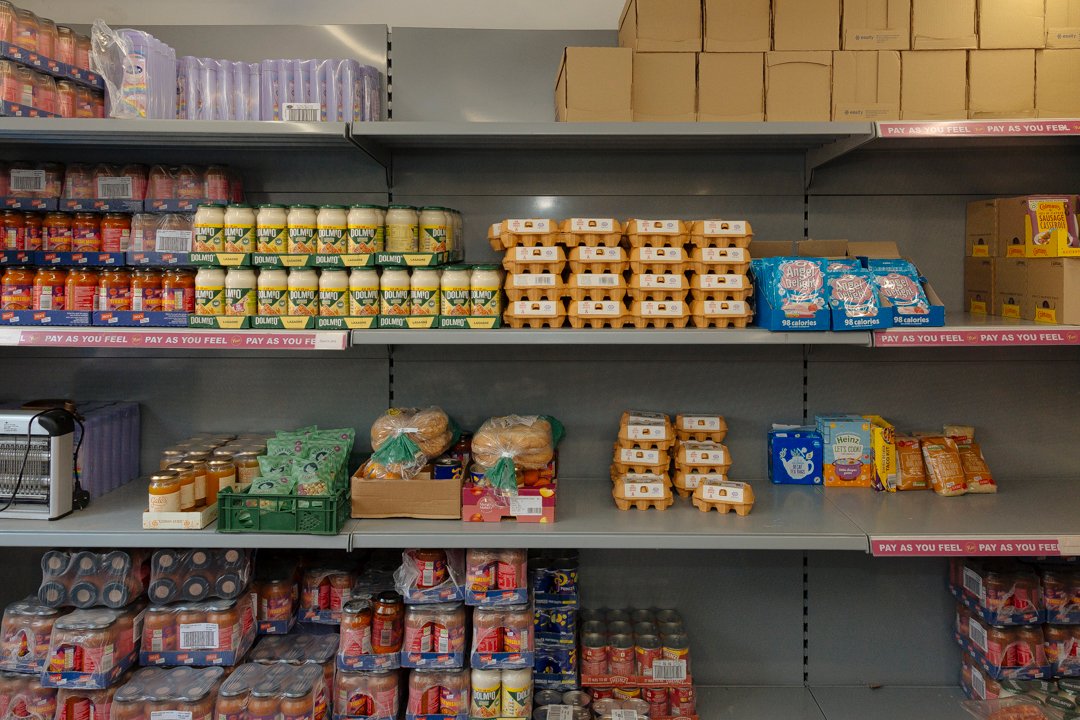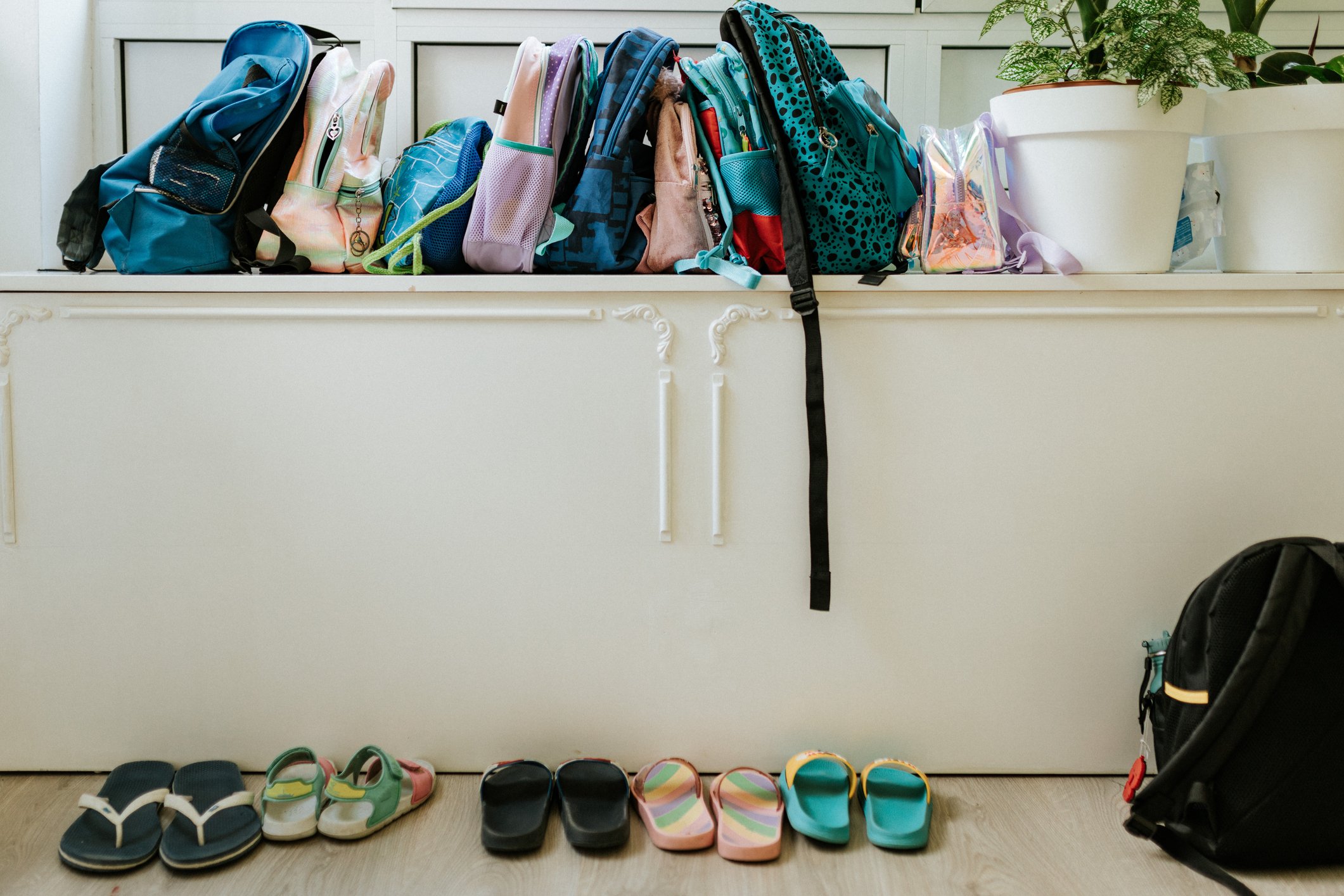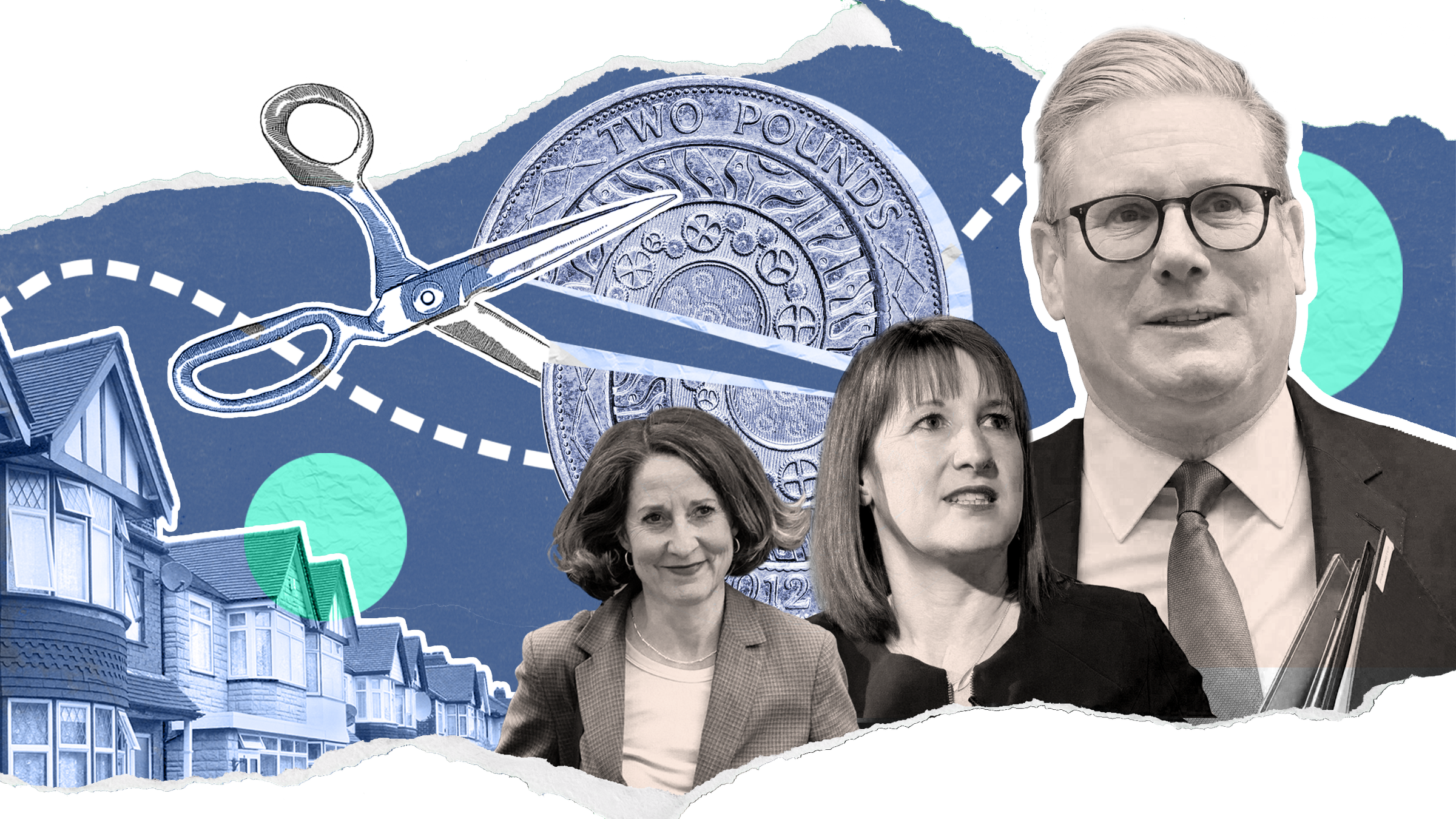No let-up for millions of families in hardship: JRF’s cost of living tracker, winter 2025
New evidence from JRF shows there has been no let-up for low-income families over the last year, with millions of households still struggling to afford life’s essentials, such as food, heating and basic toiletries.







